In palaeontology, the study of prehistoric life, teeth provide a lot of information. They reveal information about the animal's diet, its age, and perhaps even its nutritional status. Of course that goes for contemporary animals too.
Carnivores (meat-eaters), past and present, do not normally chew their food. Their digestion is purely chemical. Their teeth are for sawing or cutting off pieces and slices they can swallow whole: "incisors".
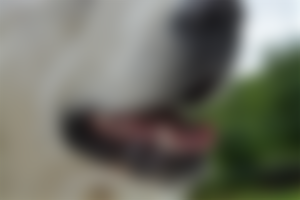
Some carnivorous mammals have "carnassials", too, teeth made for certain chewing, mainly used for slicing meat and crushing bones (watch a dog eating a bone). Domestic animals which are given unsuitable food can also use them for more common chewing. If you give a dog or a cat dried food balls, you will see how they do this.
The canine teeth (corner teeth) are for hunting - to hold and kill the prey - and for fighting. Possibly also for visual demonstration of fighting ability; a threat. They are named "canine" (doglike), because these teeth are a striking part of a dog's appearance.
Herbivores (plant-eaters) have teeth with flat crowns intended for grinding: "molars". The food must be mechanically treated in the mouth before it can be chemically digested.
Some of them have incisors for cutting plants, but some are doing that with their "lips".
Omnivores (all-eaters) tend to have less specialised, "bunodont" teeth, a set up suitable for crushing as well as grinding.
The classification of humans teeth is a matter of dispute. The dominant teeth are molars, clearly identifying us as herbivores. But what about our canines? We have corner teeth. Sometimes they are used as evidence of our having been omnivores. That is nonsense. Gorillas, in my opinion the animals resembling us the most (although genetically chimpanzees are an infinitesimally bit closer), have canines too, and they have larger canines than we do (and so have chimpanzees). They are not strictly vegetarians, but the animal food they occasionally ingest consists of termites and ants, nothing more than that. So, in my opinion, our very small canines must have some other function, possibly related to hierarchy in the herd, but not in any way supporting the idea of meat as a natural part of our diet. They are too small to use for killing or holding a prey anyway. Our teeth mark us as mainly herbivores, with eggs and insects as a possible animal addition.
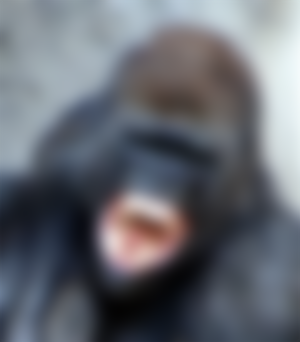
Whales come in two forms: Toothed whales (Odontoceti), and Baleen whales (Mysticeti). The toothed ones are mammal predators and their teeth reflect that. The baleen whales, however, are different.
Baleen hang down from the jaw and are used to filter out plankton and krill. They are of the same material as nails, hair, scales, etc.: keratin. They never stop growing. Strictly they are no teeth, but something these whales have instead of teeth. Some findings suggest that early baleen whales did have teeth too
Mammals cannot normally replace a lost tooth, while many other orders of animals can - many species of fish and reptiles, for example. Indeed, old mammals often die because their teeth are worn down so they can no longer eat. Rodents are the exception, however. They cannot replace a lost tooth, but an existing one will not be worn out - it continues to grow during their whole lifetime.
Birds are different, they can eat anything without teeth. [Birds with teeth have existed: Odontognathae, which lived 150 million years ago.] This is because they have nature's most effective digestive system; they have a crop and a gizzard, so they are only limited by the size of their food. They cannot eat anything too large to swallow, and if they want to rip off pieces of meat, they have nothing but their beak and claws.
Some fish, crocodiles, and most invertebrates also have gizzards. Obviously, so did many species of dinosaurs.
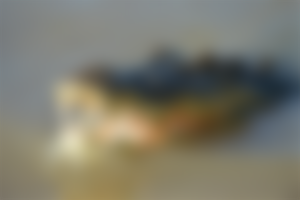
I described in Snakes in Real Life, that:
"Snakes, if classified by dentition, come in three types: constrictor, groove fanged, and hollow fanged.
All non-poisonous snakes have constrictor dentition and their teeth are like small hooks. Fanged snakes have two fangs and fewer teeth than the constrictor type. The fangs serve to transport venom from the gland that produces it, into the prey that is bitten. For the flow, they either have a groove or are hollowed, more like a needle."
Frogs are often said to lack teeth, but that is not entirely correct. They have "maxillary teeth", set in the upper jaw. Some of them have vomerine teeth which are very small palatal teeth. Frogs do not cut or chew, their concern is for holding a prey while swallowing it. Toads, however, are lacking teeth altogether.
Originally, teeth were probably scales. About 430-370 million years ago, there were fish with an external skeleton (exoskeleton), consisting of scales containing dentine, even with an enamel-like surface. These were the thelodonti. Very little is known about them, but findings of their scales suggest how teeth began. How they came to end up in the mouth, however, is a question still unanswered.
Insects do not have teeth as we understand them here, but most of them have mandibles whose function is both holding and cutting - and to serve as weapons. They are not strictly teeth, but rather legs which have been modified to fill this function.
There are other mouthparts amongst the insects, but they have no relevance in a discussion about teeth.
Arachnids (e.g. spiders, scorpions, ticks) and some other animals have chelicerae, another form of mouthparts, with fangs. In some cases they are hollow, with a channel for venom injection. But this is not a matter of teeth either.
Most people are familiar with the concept of a "sabre-toothed tiger" or "sabre-toothed cats", but sabre-toothed mammals have shown more than once throughout the ages: amongst Marsupalia, Creodonta, Nimravidae, and Feliformia. All were cat-like, but only a few were genuine cats. The sabre-teeth are connected to carnivores and hunting, but exactly how they were used is still a matter of dispute. Were they used to hold their prey or to kill it?
The classification of prehistoric animals is in a certain flux. New discoveries can change it at any time, and taxonomists rarely agree about very much.
Dragon's Teeth
You have probably heard the phrase "to sow dragon's teeth"; but do you know the background? The story about Jason and the Golden Fleece is the one best known, but it did not begin there.
In Greek and Phoenician legend, Cadmus was a prince of Tyre. His father was king Agenor. Cadmus founded Thebe, and Herodotus claimed that he invented the Phoenician alphabet, from which the Greek was developed. His siblings were Phoenix, Cilix, and Europa. The latter has given Europe its name.
There are many stories about Cadmus and some interesting theories about his identity, but that is beyond the scope of this article. The only aspect we are interested here is his role in the story about the dragon's teeth.
Cadmus was an early dragon slayer, perhaps a prototype for St. George and other killers of dragons in western legend. The teeth of the dragon he slew were - as instructed by Athena - sown into the ground. Warriors sprang up from them and began to kill one another in fight over a stone Cadmus had thrown amongst them. Five of these "Spartoi" survived and became the founders of the highest nobility of Thebe. A few teeth remained unsown, however, and they turn up in the story about Jason.
Aeëtes of Colchis, who, according to some sources, was son of Helios, was visited by Jason who wanted his Golden Fleece. He would get it, Aeëtes said, if he could fulfil a number of tasks. One of them was to sow the remaining dragon's teeth. Jason did, the warriors sprang up from the ground. Aeëtes, of course, had expected them to kill Jason. He, however, threw a rock amongst them and confused them so they killed one another.
So, dragon's teeth sown as seeds brought warriors, surprisingly easy to cheat into killing one another!
Read the whole series:
1. Dentistry - A Modern Luxury? Why Do We Need It?
2. Preserve Your Teeth: Nutrients & Other Beneficial Substances
3. Take Care of Your Teeth: Hygiene, Prevention & Reparation of Damage
4. Animal Teeth, Sabre-Toothed Tigers & Dragon's Teeth
5. Supplement to Teeth: Etymology & Glossary
Copyright © 2010, 2015, 2018, 2021 Meleonymica/Mictorrani. All Rights Reserved.
Here you can find my articles about Teeth, Dragons, and about Palaeontology.
Interested in nature & natural science, join my community Natural Science (1c4e).
You find all my writings on Read.Cash, sorted by topic, here.
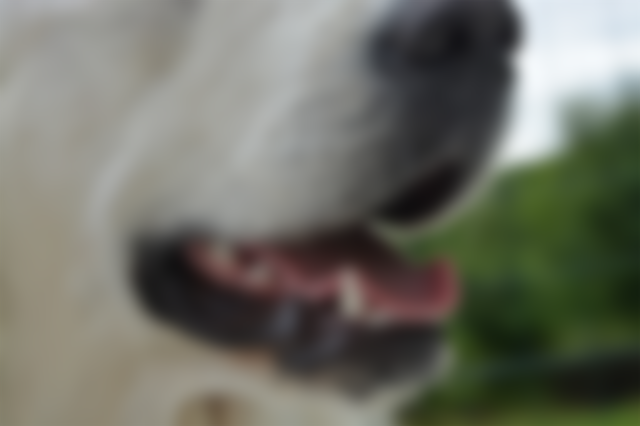
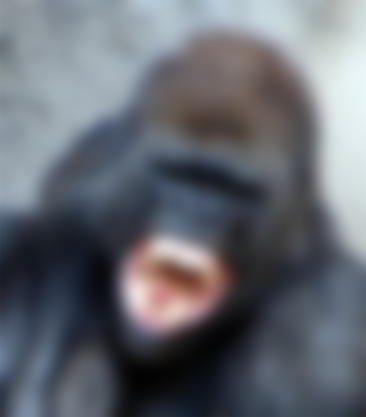
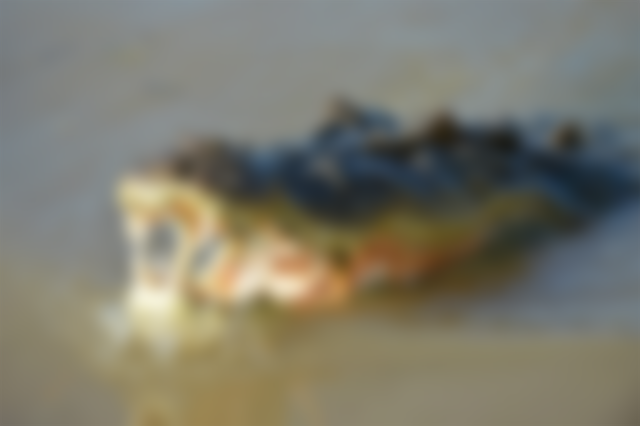
those are very sharp fangs